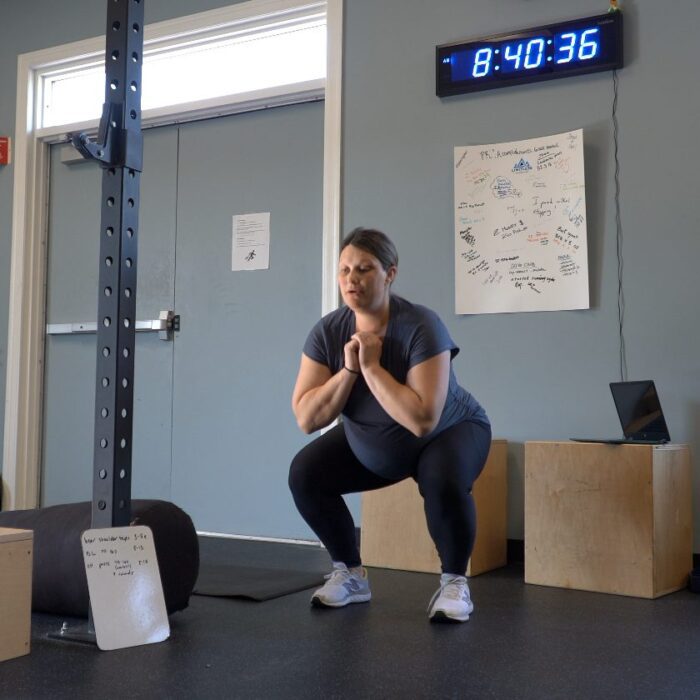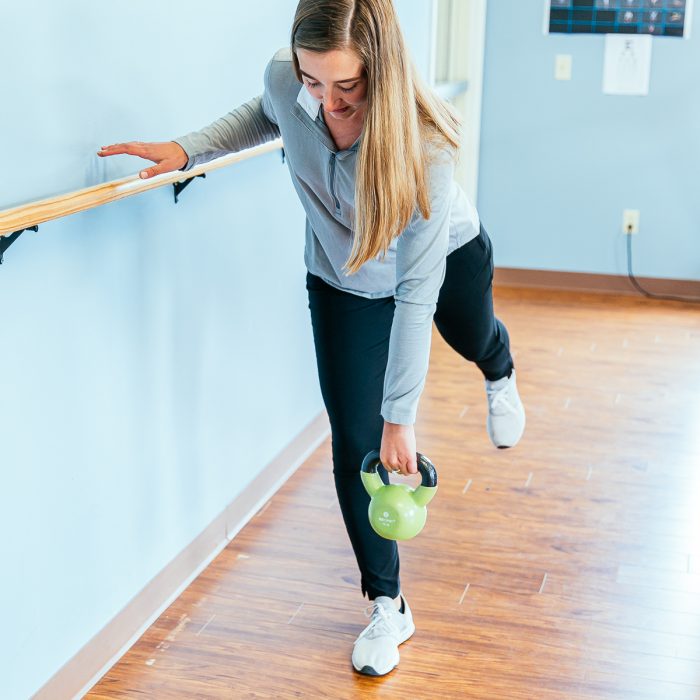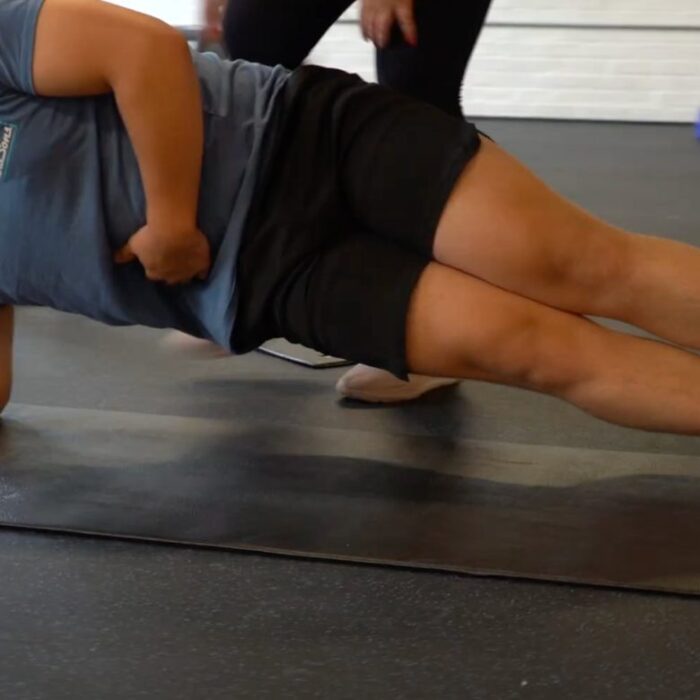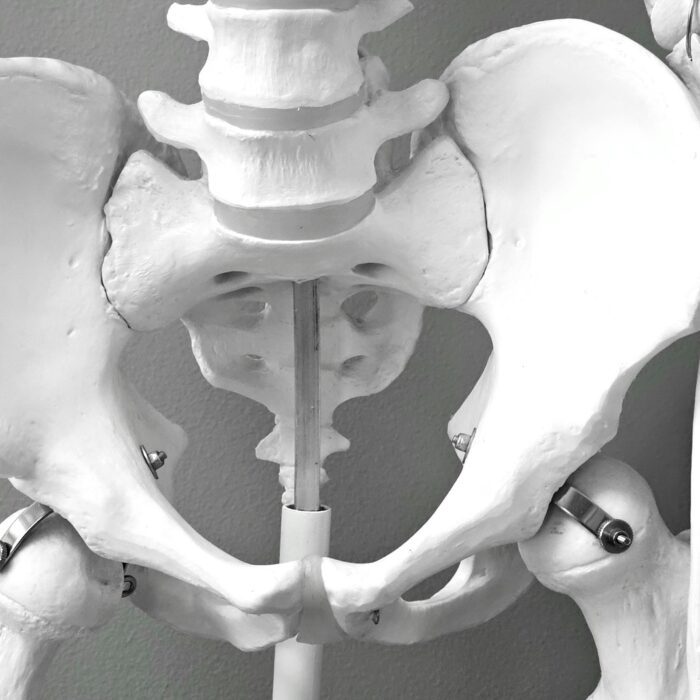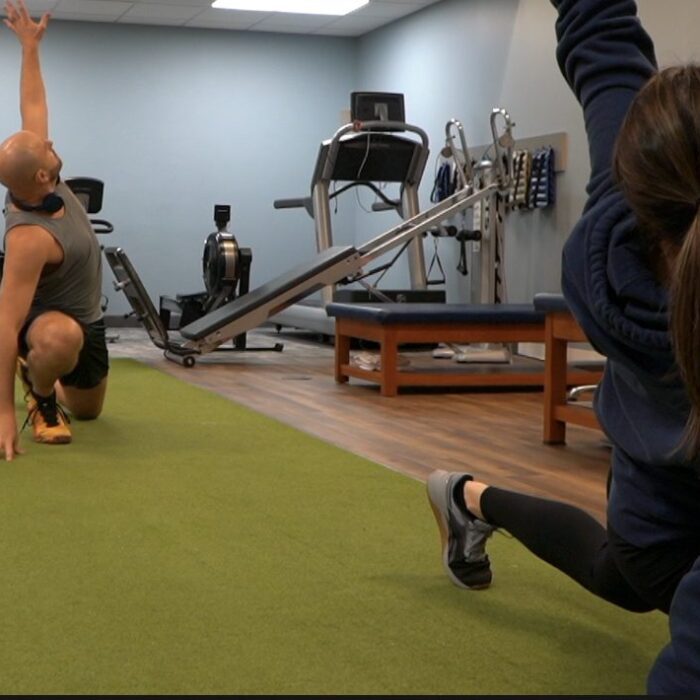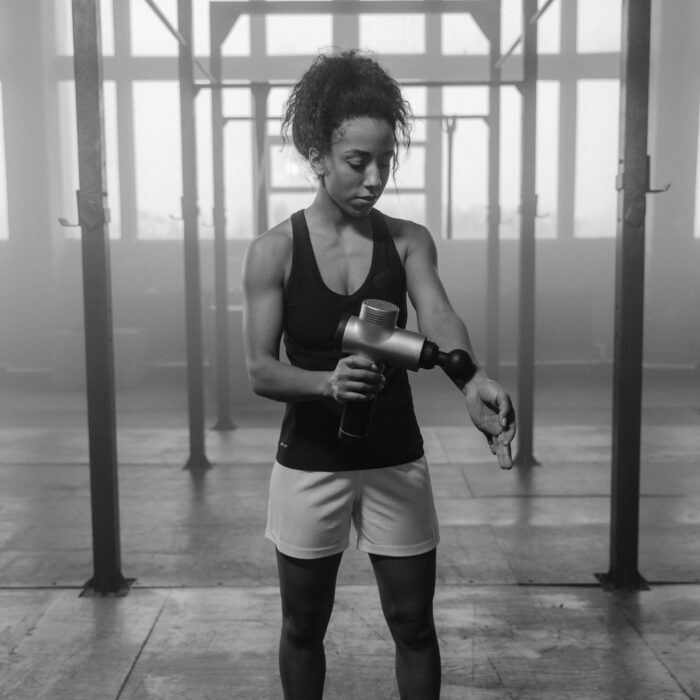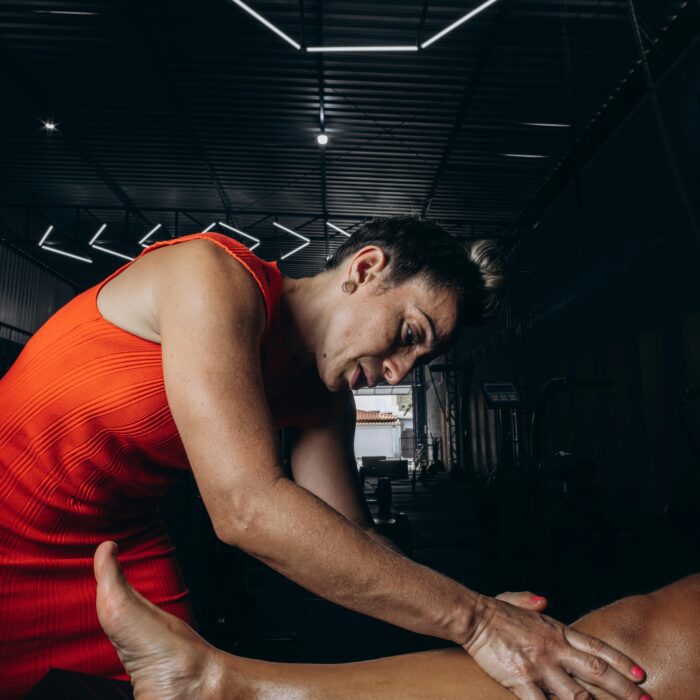Pain has a way of reshaping daily life. If your back locks up while getting out of bed, or your shoulder tenses every time you reach overhead, even the smallest movements can feel like obstacles. Research shows that more than 80% of adults experience back pain at some point in their lives, while shoulder dysfunction affects nearly one in four people worldwide (BMJ study on global back pain). For many, the search begins with the same phrase: manual therapy near me.
But here’s the question people really want answered: does it actually work? And if so, how does it help someone like you — whether you’re living in Greece, Brighton, Victor, or Cortland? Let’s break it down.
What Is Manual Therapy in Physical Therapy?
Q: What is manual therapy in physical therapy?
A: Manual therapy is a hands-on approach where a licensed physical therapist uses their hands to move, mobilize, or manipulate muscles, joints, and soft tissues. Unlike a massage, which is focused on relaxation, manual therapy aims to treat the cause of pain, stiffness, or limited mobility.
Common techniques include:
-
Joint mobilization & manipulation (gentle movements to restore joint function)
-
Soft tissue therapy (reducing tension, breaking down adhesions)
-
Muscle energy techniques (active contractions guided by the therapist)
-
Myofascial release (addressing connective tissue restrictions)
Clinical studies show manual therapy provides immediate reductions in pain and improvements in movement (PubMed review of manual therapy effectiveness). For patients just starting therapy, this “early relief” creates the momentum needed to stick with a full recovery plan.
Case Example
At our Victor clinic, one patient came in with lower back stiffness so severe he couldn’t bend to tie his shoes. Within two manual therapy sessions focused on lumbar mobilization, he reported being able to reach the floor again. That early progress opened the door to targeted exercises that built strength and prevented the pain from returning.
Manual Therapy vs. Traditional Physical Therapy: What’s the Difference?
Q: Isn’t manual therapy just a fancy massage?
A: No. While both involve hands-on contact, manual therapy is guided by clinical reasoning. Therapists assess joint mechanics, tissue tension, and muscle function — then apply targeted techniques designed to restore proper movement.
Here’s how it compares:
| Feature | Manual Therapy | Exercise-Based PT |
|---|---|---|
| Primary Focus | Pain relief & mobility restoration | Strength, endurance, function |
| Approach | Hands-on: mobilization, manipulation, release | Active: stretching, resistance, conditioning |
| Best For | Acute pain, stiffness, inflammation | Long-term recovery, weakness, posture |
| Results | Faster short-term relief | Sustained improvements over time |
| Limitations | Shorter-lasting if used alone | Can be painful if started too early |
Studies confirm that a combined approach delivers the strongest results. A systematic review in ScienceDirect found manual therapy plus exercise outperformed exercise alone for reducing disability in chronic neck pain.
Counterintuitive Insight
Many assume exercise is always superior because it builds strength. But research shows patients in acute pain often struggle to perform exercise effectively. Manual therapy provides a window of relief that makes exercise possible.
How Manual Therapy Helps With Back and Shoulder Pain
Q: Does manual therapy really work for back pain?
Yes. Back pain is one of the most common reasons people search for “manual therapy near me.” Techniques like Maitland mobilization (gentle oscillatory movements of the spine) reduce pain signals, restore spinal alignment, and improve range of motion (PMC study on lumbar mobilization). Patients often notice reduced stiffness and easier bending within a few sessions.
Q: Is manual therapy effective for shoulder pain?
Absolutely. For conditions like shoulder impingement or frozen shoulder, therapists use joint mobilizations to improve glenohumeral movement and soft tissue release to ease muscle tightness. Research shows that manual therapy combined with exercise improves shoulder mobility and reduces disability more effectively than exercise alone.
Case Story
At our Greece location, a patient recovering from rotator cuff surgery struggled with overhead motion despite doing regular exercises. After targeted manual therapy to restore scapulothoracic mobility, she regained enough range to comfortably reach high shelves again. Her progress accelerated once exercise was layered back in.
What to Expect From Manual Therapy Near Me
Q: What happens during a manual therapy session?
A: Each session begins with an assessment. Your therapist evaluates pain points, range of motion, and functional limits. Then, hands-on techniques are applied — joint mobilizations, soft tissue release, or guided stretches. Sessions usually last 30–45 minutes.
Q: How many sessions are needed?
Most patients feel improvement within 1–4 weeks of consistent treatment (Bethesda Physiocare: What to expect during manual therapy). Chronic or complex conditions may require longer plans, especially when combined with exercise.
Q: How should I prepare?
Wear comfortable clothing that allows access to the affected area. Bring questions about your pain, treatment goals, and recovery timeline.
Q: Which conditions benefit most?
-
Chronic or acute low back pain
-
Shoulder impingement or adhesive capsulitis
-
Neck stiffness
-
Post-surgical recovery
-
Joint dysfunction with mobility loss
Local Relevance
Patients across Brighton, Victor, Greece, and Cortland often search for “manual therapy near me” because they want accessible, evidence-based care. Limitless PT has treated more than 5,000 patients over 15 years, and our Greece clinic is particularly known for vestibular and balance therapy alongside orthopedic care.
Why Limitless PT Is Different
Many clinics stop at pain relief. At Limitless, we see manual therapy as the entry point into a bigger process: restoring strength, mobility, and confidence. Once pain is reduced, we guide patients into active rehab, sport-specific training, or pelvic health programs — depending on their needs.
Real-World Data
-
78% of patients improve functional performance with proper manual therapy protocols
-
35% fewer muscle strains reported when manual therapy is paired with dynamic pre-exercise stretching
-
Over 3,000 patients helped at our Brighton clinic alone
You don’t have to accept back or shoulder pain as your “new normal.” Many of our Rochester-area patients discover that manual therapy is the turning point that allows them to get back to hiking, lifting kids, or even just sleeping comfortably.
📅 Ready to live a life without limits?
Schedule your evaluation at Limitless PT today:
-
Victor: (585) 869-5140
-
Brighton: (585) 473-1290
-
Greece: (585) 910-2242
-
Cortland: (607) 408-5200
👉 Visit Limitless PT

